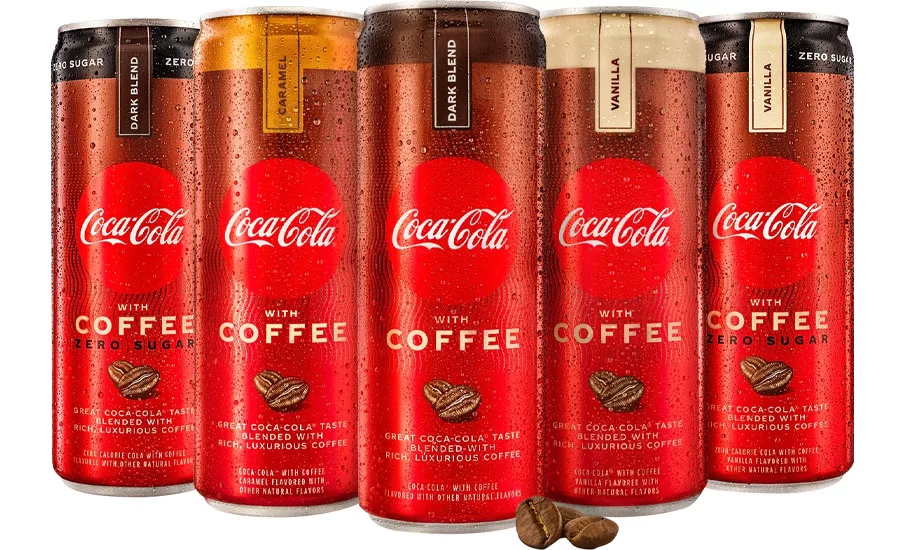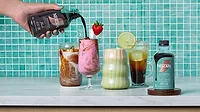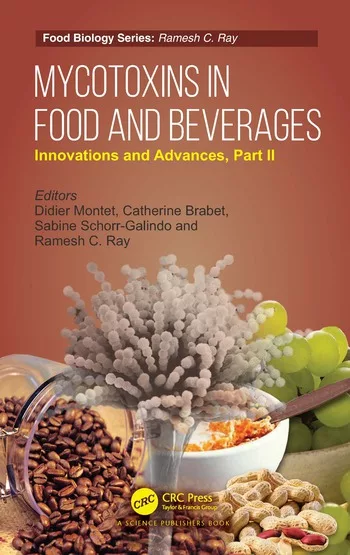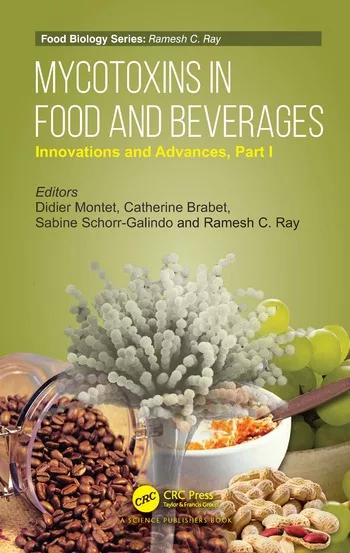Ingredient Spotlight
Coffee ingredients deliver familiarity, novelty
Specialty coffee ingredients on the rise

Amid a tumultuous 2020, the taste of coffee was a constant comfort for many consumers. Many workers still started their days with a hot cup of coffee on their walk from the kitchen to the home office, while others would unwind with a decaffeinated coffee at the end of the day. The big difference in coffee consumption in the past year has been where and how consumers are buying their coffee.
“At-home coffee consumption has increased dramatically during the last year as the pandemic caused cafés and restaurants to shut down or operate on limited hours,” says K.C. Kuder, marketing communications specialist at Synergy Flavors Inc. “To regain normalcy, many consumers opted to become their own baristas and learned to craft their favorite coffee beverages at home instead.”
This shift mostly affected the foodservice coffee extract and concentrate market, explains Jeremy Macht, senior product and technical manager at the Wauconda, Ill.-based company. This market just started rebounding in the early weeks of the year, he says. However, the stay-at-home trend also created opportunities for coffee extracts and concentrates to expand even further into the consumer market.
Stephanie Thornton, marketing manager for coffee at San Antonio, Texas-based Finlays Americas, reports that the company has seen increased demand for coffee concentrates in the retail space, especially for multi-serve sizes, such as 32- and 48-ounce packages.
Beyond these channel shifts, 2020 also brought some supply challenges to the coffee industry. Synergy Flavors’ Macht points out that the back-to-back hurricanes in Central America last year damaged coffee plants there. The price and supply effects of this damage likely will be felt in the near future, he says.
Labor restrictions related to the COVID-19 pandemic also affected green coffee supply, notes Tim Melano, chief executive officer of Triple Coffee Co., San Francisco. When deliveries of green coffee shipments were delayed, green coffee buyers reneged on their contracts, which made importers more reluctant to finance coffee imports.
Seeking out specialty coffee
Even if supply was somewhat stifled recently, consumers continued to show interest in a variety of specialty coffee ingredients, including those with region-specific, non-GMO, Fair Trade and Rain Forest Alliance certified labels. Finlays predicts that demand for sustainable and traceable coffee extracts will continue as consumers become more socially conscious, Thornton says.
In the current market when consumers are not able to dine out, many are instead splurging on high-end coffees, Triple Coffee Co.’s Melano points out. This opens up even more opportunities for beverage-makers to offer more indulgent products.
Finlays’ Thornton says nitro cold-brew coffee has become increasingly popular in retail cans as well as in foodservice chains and has even experienced some innovation in the convenience store channel. “[Nitro cold-brew coffee] creates a creamy and smooth finished beverage that tastes indulgent without the added calories,” she points out.
At the same time, consumers are showing an interest in healthier, more functional coffees, explains Philip Caputo, marketing and consumer insights manager at Virginia Dare in New York City. Coffee can pair with antioxidants, fiber, turmeric, ginseng, mushrooms, CBD and cannabigerol (CBG), and probiotics for new options in the functional and health and wellness beverage space that meet consumer interests, he says.
Growing interest in oat milk as a dairy alternative has inspired new beverage developments to meet this dietary need. “As [oat milk] naturally pairs well with coffee, we are, in turn, seeing an increased interest in formulating ready-to-drink coffee lattes using oat milk instead of traditional dairy,” says Angie Lantman, applications manager at Synergy Flavors.
Eyes on innovation
Millennial interest in less-sweet flavor profiles has propelled coffee ingredients into other beverage categories including milk-based and plant-based protein drinks, collagen-based drinks and alcohol beverages, Lantman adds. In the alcohol category, she projects growth for coffee in lower-calorie, lower-alcohol black coffee beverages and highly indulgent, dessert-type alcohol lattes.
In January, Atlanta-based The Coca-Cola Co. rolled out a new line of Coca-Cola with Coffee beverages nationwide and debuted its Coca-Cola with Coffee Zero Sugar options. The carbonated soft drinks are infused with Brazilian coffee and offer 69 milligrams of caffeine in each 12-ounce slim can.
Within these emerging coffee beverage segments, there is plenty of room to experiment with established and emerging flavor profiles.
“Brands are getting creative when it comes to the flavors they pair with coffee ingredients, and consumers are loving it,” Virginia Dare’s Caputo says. “While traditional flavors like vanilla, mocha, caramel and hazelnut have appeared alongside coffee most frequently, we’re starting to see more brands look at elevating classic flavors, sophisticated hybrid flavors, sweet spices, global fusions, botanicals and more.”
Virginia Dare has developed a variety of ready-to-drink (RTD) cold-brew coffee flavor concepts, including torched caramel, crème brûlée mocha, blackstrap praline, blossom mocha, cardamom mocha and more.
Finlays’ Thornton says that the hottest emerging flavor trend is fruity coffee, including blends with blueberry, coconut and citrus. Synergy Flavors’ Lantman agrees, noting that although these pairings might seem odd, blended flavors help enhance the subtle fruity notes that already exist in coffee and provide a nice, refreshing flavor profile that pairs well with functional ingredients.
International influence
To monitor innovation trends regarding origin and processing, coffee ingredients’ suppliers should keep their eyes on Asia, experts advise.
“Asian markets are driving the production of differentiated coffees,” Triple Coffee Co.’s Melano explains. “This is seen in a demand for more genetic varieties of coffees and coffees whose flavors are enhanced by natural fermentation methods.”
Flash brewing, a traditional brewing method developed in Japan, is starting to appear in localized product innovation in the United States, Finlays’ Thornton adds. “Flash brewing [involves dripping] hot-brewed coffee immediately over ice to lock in complex coffee flavors and aromatics,” she explains. She anticipates additional applications for this process in foodservice within the next few years.
Newer twists on this familiar beverage experience will add even more opportunities for consumers to indulge on-premise and off-premise to achieve their caffeine or comfort fix with coffee.
Looking for a reprint of this article?
From high-res PDFs to custom plaques, order your copy today!








